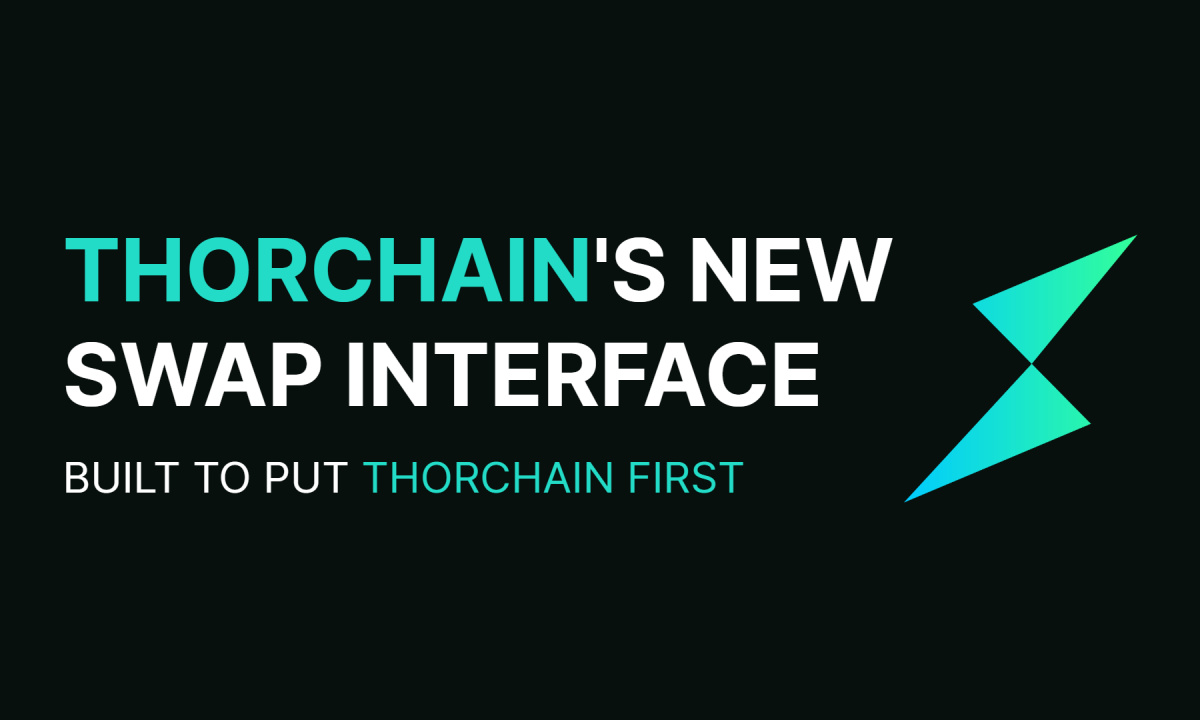A supply chain attack is a type of cyber attack that targets the vulnerabilities within a supply chain. In simple terms, it involves exploiting weaknesses in the systems and processes of third-party suppliers to gain unauthorized access to the target organization’s sensitive information or systems. The concept of a supply chain attack can be best understood by examining one notable example: the SolarWinds attack that took place in the United States in 2020.
What is The SolarWinds Attack?
The SolarWinds attack was one of the most significant supply chain attacks in recent history. It involved Russian hackers compromising the software supply chain of SolarWinds, a widely used software provider. By infiltrating the company’s network, the hackers managed to inject a trojan horse update into a software product called Orion, which was then distributed to SolarWinds customers.
Due to the trust placed in SolarWinds and its widespread use among Fortune 500 companies, government agencies, and other organizations, the attackers were able to indirectly breach countless systems and gain unauthorized access to sensitive information. The full extent of the attack is still being assessed, but it is known that branches of the military, the State Department, and the Pentagon were among the victims.
What are the implications of Supply Chain Attacks?
The SolarWinds attack highlighted the devastating impact that a supply chain attack can have. It goes beyond traditional cybercrime and enters the realm of cyber warfare, as it has the potential to affect national security and critical infrastructure. This type of attack poses significant challenges for organizations and governments in maintaining the security of their systems.
One of the main reasons why supply chain attacks are so concerning is because modern operations heavily rely on software and services from third-party suppliers. These suppliers may provide essential components, such as software updates, cybersecurity solutions, or cloud infrastructure. However, by compromising these suppliers, attackers can gain access to multiple organizations that rely on their products or services.
Supply chain attacks can have various objectives, including:
- Data Theft: Attackers may aim to steal sensitive information, such as intellectual property, financial records, or personally identifiable information (PII). This information can be sold on the dark web or used for further malicious activities, such as identity theft.
- Surveillance: In some cases, attackers may be interested in monitoring the activities of targeted organizations or individuals. By gaining access to their systems, attackers can gather intelligence and gain a strategic advantage.
- Disruption: A supply chain attack can also be used to disrupt the operations of targeted organizations. By compromising critical systems or software, attackers can cause significant downtime or even shut down essential services.
- Control: In more sophisticated scenarios, attackers may aim to gain control over the targeted organization’s infrastructure. This could allow them to manipulate systems, carry out further attacks, or launch ransomware campaigns.
Supply chain attacks can occur in various industries, including finance, healthcare, energy, and government. They pose a significant challenge for cybersecurity professionals, as they require organizations to not only secure their own systems but also closely monitor and vet their third-party suppliers.
What is Preventing and Mitigating Supply Chain Attacks?
Given the complex nature of supply chain attacks, preventing and mitigating them requires a multi-layered approach. Some of the key steps organizations can take include:
- Vendor Risk Assessment: Conduct a thorough assessment of the cybersecurity practices and capabilities of third-party suppliers before engaging in business. This can include evaluating their security controls, vulnerability management, incident response capabilities, and overall security posture.
- Secure Software Development Life Cycle (SDLC): Implement secure SDLC practices to ensure that software products and updates are rigorously tested and free from vulnerabilities or backdoors.
- Continuous Monitoring: Regularly monitor the activities and behavior of suppliers to detect any suspicious or unauthorized access. Implementing security information and event management (SIEM) solutions can help in this regard.
- Segmentation: Implement network segmentation to minimize the impact of a supply chain attack. By isolating critical systems and limiting lateral movement, organizations can contain the damage and prevent attackers from easily accessing sensitive information.
- Employee Education: Provide comprehensive cybersecurity training to employees, highlighting the importance of supply chain security and the potential risks associated with third-party suppliers.
What is the conclusion?
Supply chain attacks have become an increasingly prevalent and concerning threat in the world of cybersecurity. The SolarWinds attack serves as a stark reminder of the potential consequences and devastating impact these attacks can have on organizations and national security. By targeting the supply chain, attackers can gain unauthorized access to numerous systems, potentially compromising sensitive information, and disrupting critical services. Organizations must prioritize supply chain security by implementing robust risk assessment processes, secure development practices, continuous monitoring, and employee education.














